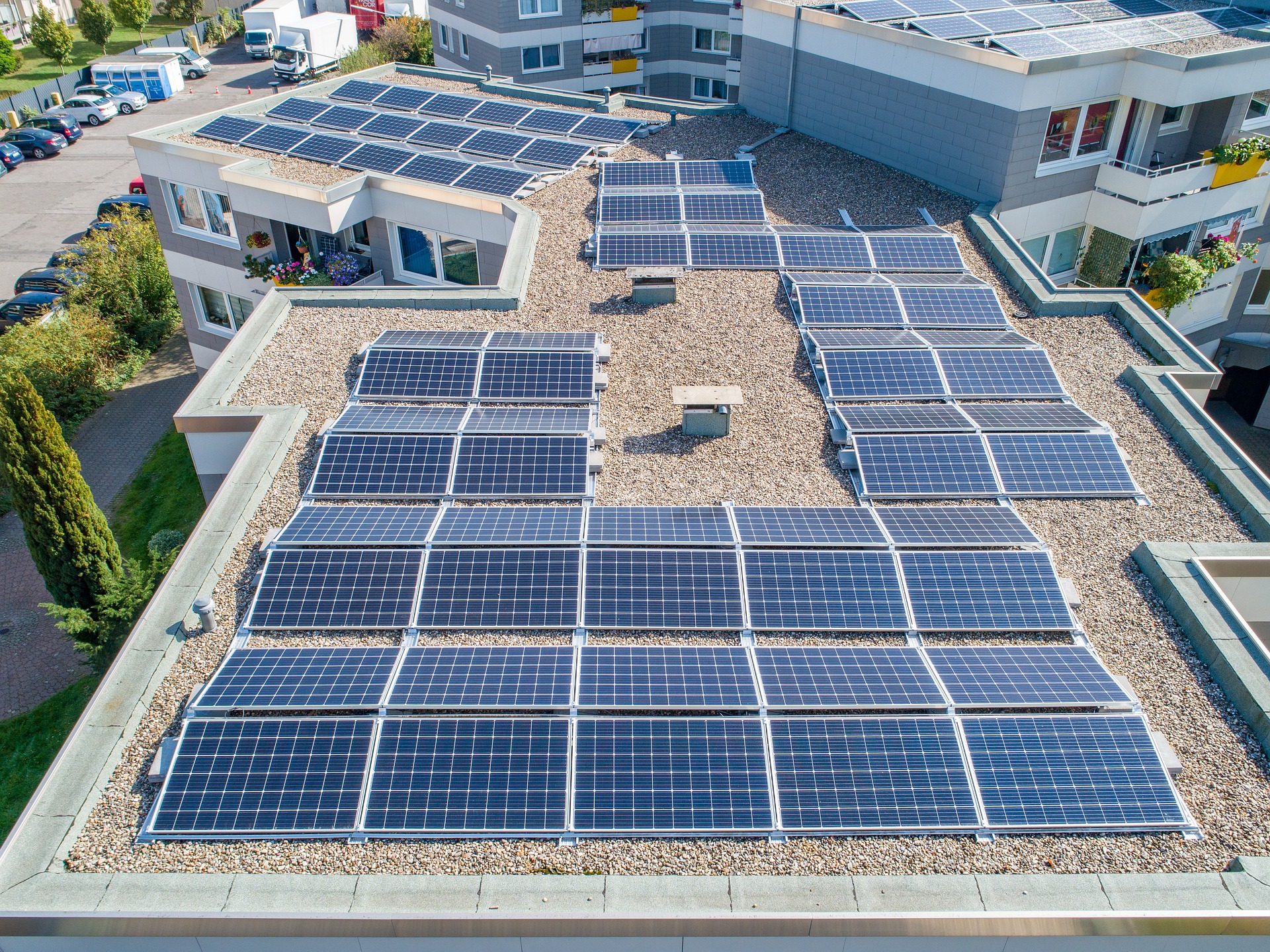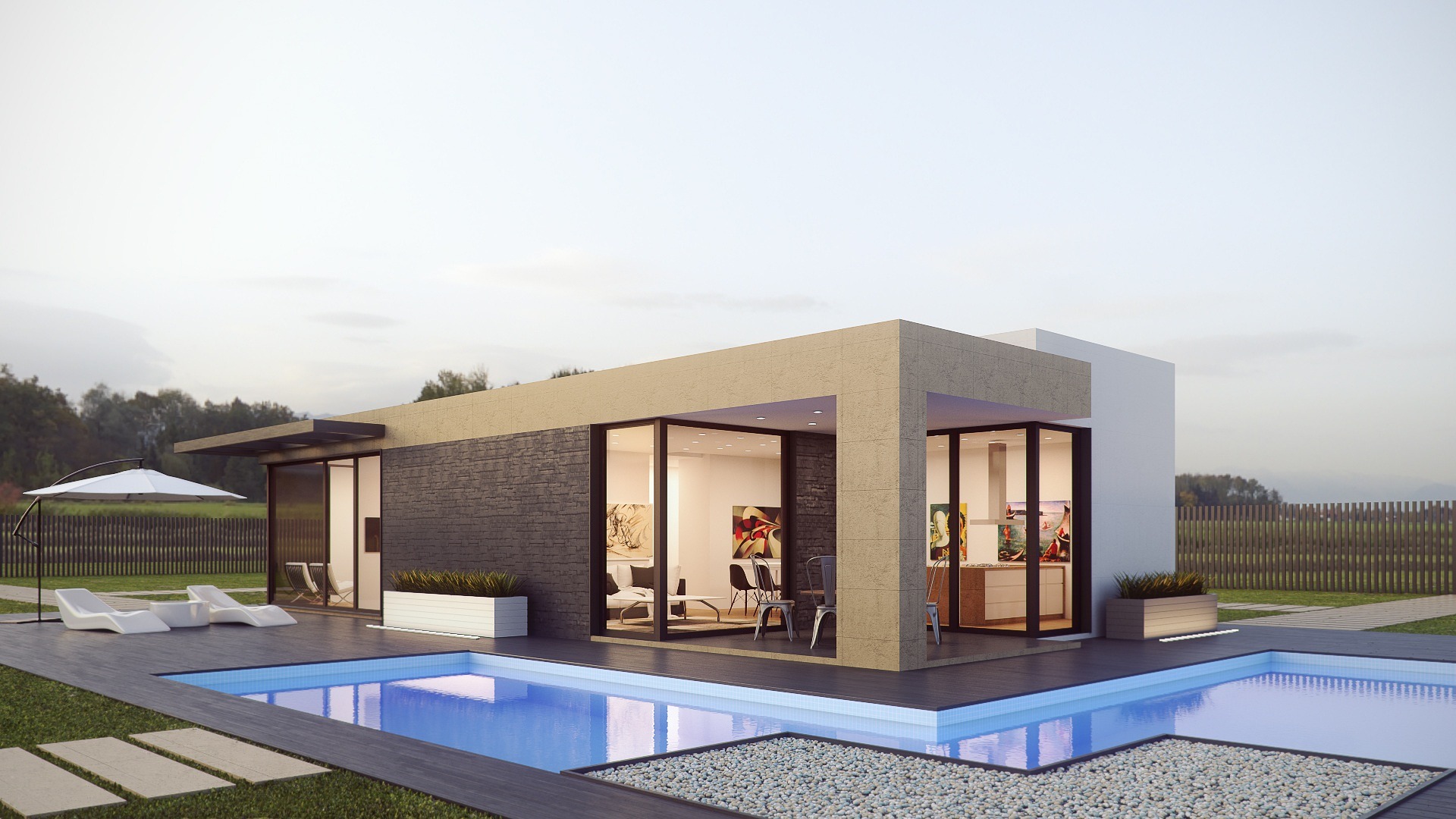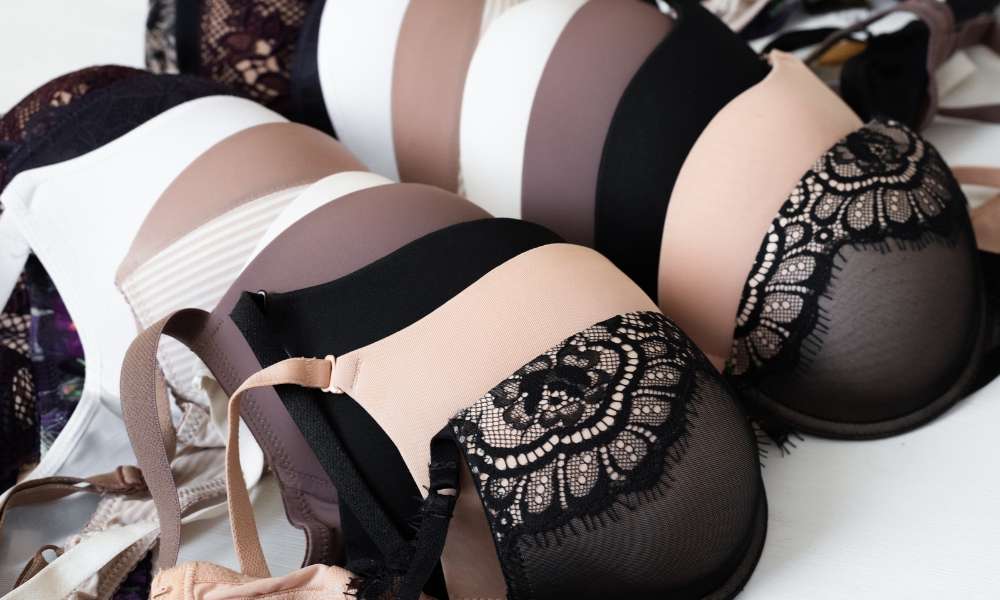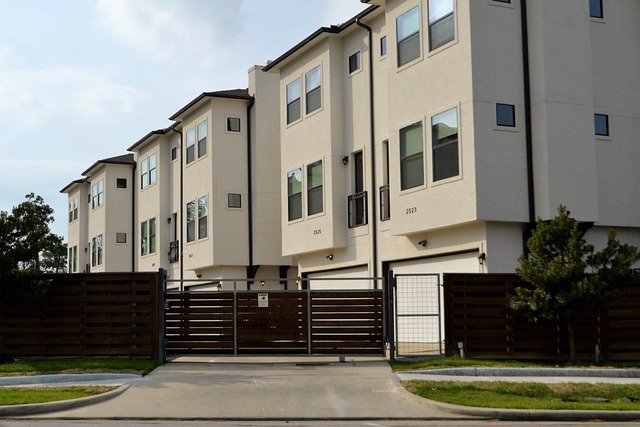Prefabricated Homes: Modern Building Solutions for Today's World
Prefabricated homes are revolutionizing the construction industry by offering efficient, customizable, and environmentally conscious housing alternatives. These factory-built structures combine advanced manufacturing techniques with innovative design principles, creating homes that meet diverse lifestyle needs while addressing modern sustainability challenges. As housing costs continue to rise and environmental concerns grow, prefabricated homes present compelling solutions for homeowners seeking quality, efficiency, and reduced environmental impact.
What Makes Sustainable Living Solutions Accessible Through Prefab Construction?
Prefabricated homes serve as effective sustainable living solutions by incorporating eco-friendly materials and construction practices from the ground up. The controlled factory environment allows manufacturers to optimize material usage, significantly reducing waste compared to traditional on-site construction. Many prefab manufacturers source sustainable materials like recycled steel, reclaimed wood, and low-impact insulation materials.
The precision manufacturing process enables builders to incorporate renewable energy systems, advanced water filtration, and smart home technologies seamlessly into the design. Solar panels, rainwater collection systems, and energy-efficient appliances become standard features rather than costly additions. This integrated approach makes sustainable living more accessible to homeowners who want to minimize their environmental footprint without compromising comfort or functionality.
How Do Environmental Benefits Compare to Traditional Construction?
The environmental benefits of prefabricated homes extend far beyond material conservation. Factory-based construction generates approximately 50% less waste than site-built homes, with most waste materials being recycled or repurposed within the manufacturing facility. The controlled environment also reduces weather-related delays and material damage, further minimizing waste.
Transportation efficiency represents another significant environmental advantage. While prefab components require shipping to the building site, the overall carbon footprint remains lower due to reduced construction time, fewer equipment trips, and optimized logistics. Many manufacturers locate facilities strategically to serve regional markets, reducing transportation distances and associated emissions.
Energy consumption during construction also decreases substantially. Factory environments utilize shared power sources and equipment more efficiently than individual construction sites, while standardized processes reduce overall energy requirements for completing each home.
What Design and Construction Features Define Modern Prefab Homes?
Contemporary prefabricated homes showcase sophisticated design and construction features that rival or exceed traditional building methods. Advanced computer-aided design (CAD) systems ensure precise measurements and seamless component integration. Structural insulated panels (SIPs) provide superior insulation and structural integrity while reducing thermal bridging common in conventional framing.
Modern prefab construction utilizes engineered lumber products that offer greater strength and stability than traditional dimensional lumber. Steel framing options provide exceptional durability and resistance to natural disasters, pests, and moisture damage. Quality control measures in factory settings ensure consistent craftsmanship and adherence to building codes across all components.
Architectural flexibility has expanded dramatically, with manufacturers offering everything from minimalist modern designs to traditional styles. Multi-story configurations, custom floor plans, and premium finishes demonstrate that prefabricated construction no longer means compromising on aesthetics or functionality.
Why Are Energy-Efficient Prefabricated Homes Gaining Popularity?
Energy-efficient prefabricated homes attract environmentally conscious buyers through superior insulation systems, high-performance windows, and integrated renewable energy technologies. The controlled manufacturing environment allows for precise installation of insulation materials, eliminating gaps and thermal bridges that compromise energy efficiency in site-built homes.
LED lighting systems, programmable thermostats, and energy-efficient HVAC systems come standard in many prefab models. Triple-pane windows, advanced weather sealing, and continuous insulation create building envelopes that significantly outperform conventional construction standards. Many prefab manufacturers achieve ENERGY STAR certification or exceed requirements for net-zero energy consumption.
Smart home integration enables homeowners to monitor and optimize energy usage through automated systems that adjust heating, cooling, and lighting based on occupancy patterns and weather conditions. Solar panel integration and battery storage systems help homeowners achieve energy independence while reducing long-term utility costs.
How Does Adaptability and Flexibility Meet Changing Needs?
The adaptability and flexibility of prefabricated homes address evolving lifestyle requirements through modular design principles and expandable configurations. Many manufacturers offer modular systems that allow homeowners to add rooms, floors, or entire wings as family needs change or financial circumstances improve.
Interior layouts can be modified more easily than traditional construction due to engineered structural systems that eliminate many load-bearing walls. Open floor plans with moveable partitions enable homeowners to reconfigure spaces for different uses throughout the day or as needs evolve over time.
Some prefab manufacturers design homes specifically for relocation, allowing owners to move their entire home to new properties if circumstances require. This mobility provides unique flexibility for those whose work or lifestyle involves periodic relocation, while maintaining the comfort and familiarity of their established living environment.
| Provider | Home Type | Price Range | Key Features |
|---|---|---|---|
| Clayton Homes | Modular/Manufactured | $80,000 - $200,000 | Energy-efficient options, customizable layouts |
| Blu Homes | Steel-frame modular | $300,000 - $600,000 | Net-zero ready, modern designs |
| Method Homes | Prefab modular | $200,000 - $400,000 | Sustainable materials, architectural flexibility |
| Connect Homes | Shipping container-based | $150,000 - $350,000 | Quick assembly, modern aesthetics |
Prices, rates, or cost estimates mentioned in this article are based on the latest available information but may change over time. Independent research is advised before making financial decisions.
Prefabricated homes represent a significant evolution in residential construction, combining environmental responsibility with practical benefits and design flexibility. As manufacturing techniques continue advancing and consumer awareness of sustainability issues grows, prefab construction is positioned to play an increasingly important role in addressing housing needs while supporting environmental conservation goals. The integration of smart technologies, renewable energy systems, and adaptable design principles makes prefabricated homes compelling alternatives for modern homebuyers seeking efficiency, sustainability, and long-term value.





